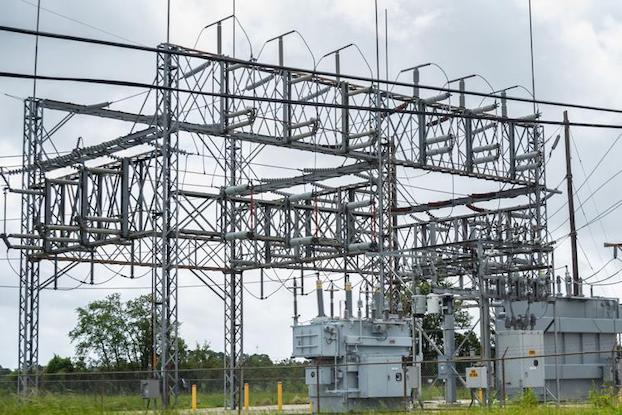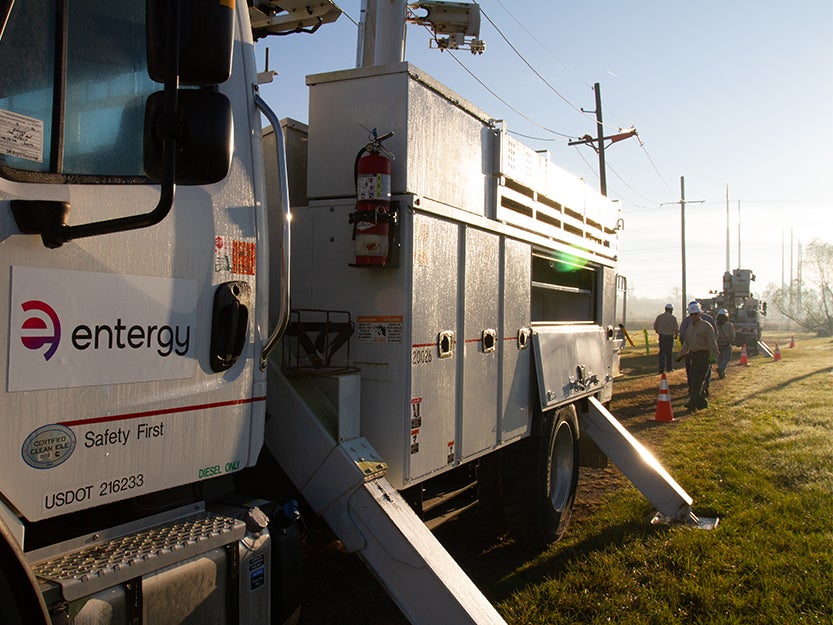Sasol expansion will require levees, possibly berms
Published 8:03 am Tuesday, August 13, 2013
Sasol’s proposed plant expansion projects will necessitate building more structures and liquid gas tanks, which means additional levees will be needed. Perhaps berms, too.
The petrochemical company is looking to build both a multi-billion dollar ethane cracker and GTL complex and a new alcohols unit. These projects will require the company to construct levees for fire safety. The company is also considering building berms and for plant concealment and noise suppression.
“Some of our tanks contain kerosene,” said Michael Hayes, Sasol’s public affairs director for U.S. megaprojects. “The problem with petroleum hydrocarbons like kerosene is that if you have a tank failure and lightening strikes and that kerosene catches on fire, it becomes more volatile and flammable, which causes the fire to get bigger and bigger. That’s why you want to separate the tanks from one another with a levee. If you have a leak a levee can isolate it so you won’t have all of the tanks engaged at once.”
Sasol’s levees or “tank dikes” are large grass-covered mounds that stand between four to seven feet high; they encircle either one or a group of tanks at the Westlake plant.
Sasol currently operates raw material, intermediate and product tanks, which vary in size and contents. The company’s tanks that face Old Spanish Trail stand between 40 and 48 feet tall and hold 950,000 to 2.7 million gallons of kerosene, volume equivalent to one to one-and-a-half barge loads.
Hayes said environmental laws known as spill protection control countermeasures require companies that store flammable liquids to contain the contents of the largest tank with a tank dike.
“You have to contain the largest tank plus sufficient space for rainfall,” he said. “You may have more than one tank in the tank dike. You just have to contain the largest one.”
Hayes added that he is not sure how many tanks will be built to accommodate the company’s expansion. However, each operating unit Sasol builds, he said, will either send product directly into pipelines or store it in tanks.
“Each of our operating units may have a raw material feed,” he said. “You sometimes have smaller intermediate tanks where you have something like a mixtures of alcohols coming off an installation column that goes into storage.”
Sasol’s expansion may also necessitate the construction of berms for noise suppression and to hide the new units from public view. Back in the late 1990s, the company constructed a large berm that runs along its Gate 22 entrance on Houston River Road.
Today, the berm, which consists of grass, bushes and trees stands nearly 30 feet high in some places, hiding most of Sasol’s plant from neighbors across the street and passing vehicles.
Hayes said Sasol’s Houston River Road berm was built when the company was expanding its ethoxylation unit.
“We had some excess dirt and someone had an idea to improve the aesthetics of the plant,” he said. “So we used that dirt to construct that berm. It was a functional use for some excess material.”
Hayes said he expects some sort of visual barrier will be built around Sasol’s ethane cracker and GTL complex.
“I expect that we will have something along the way of noise suppression and something to improve the attractiveness of the facility.”
To the right
Sasol’s kerosene tanks face Old Spanish Trail in Westlake. The tanks can hold up to one to one-and-a-half barge loads of kerosene. (Frank DiCesare / American Press)





